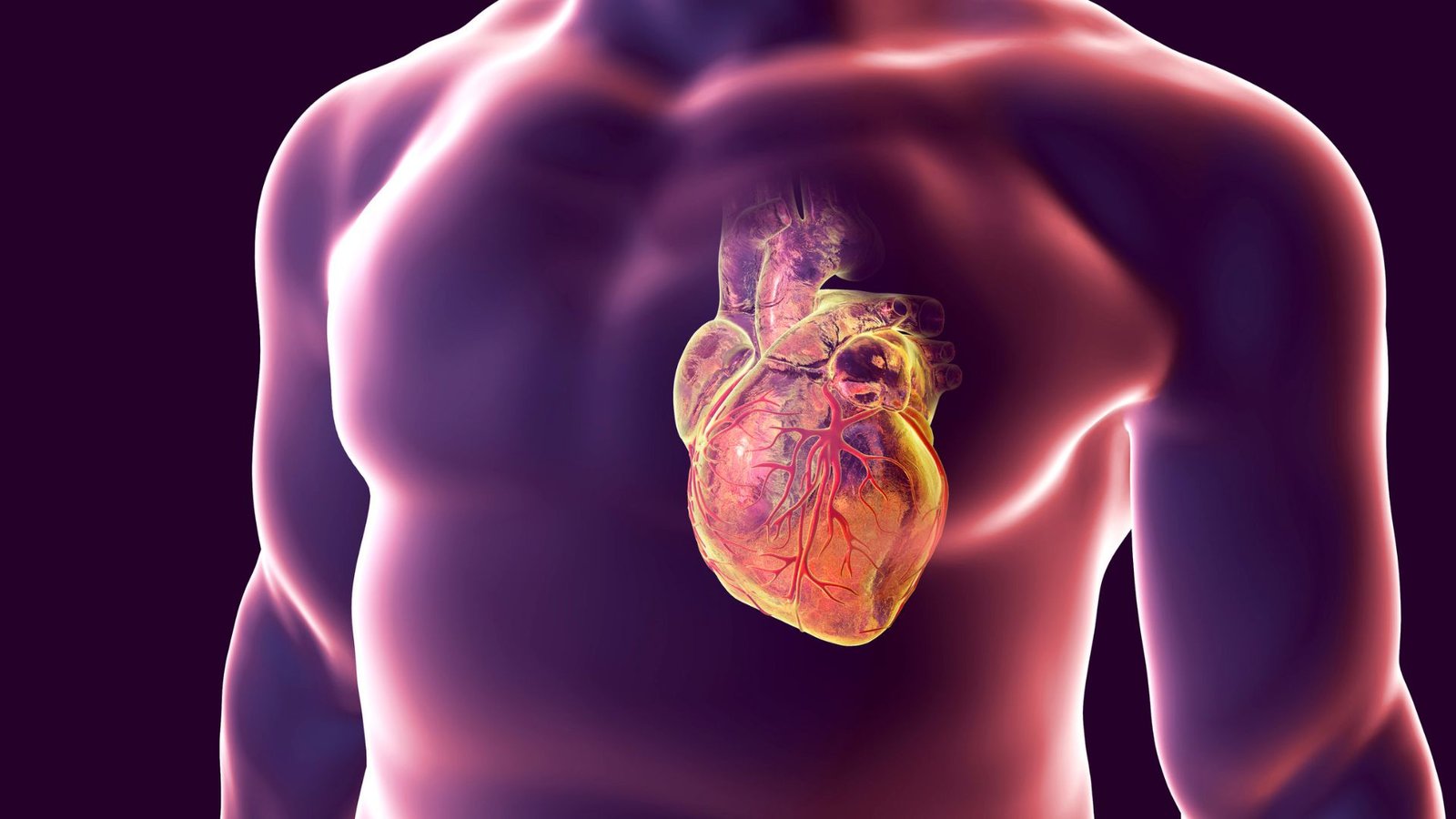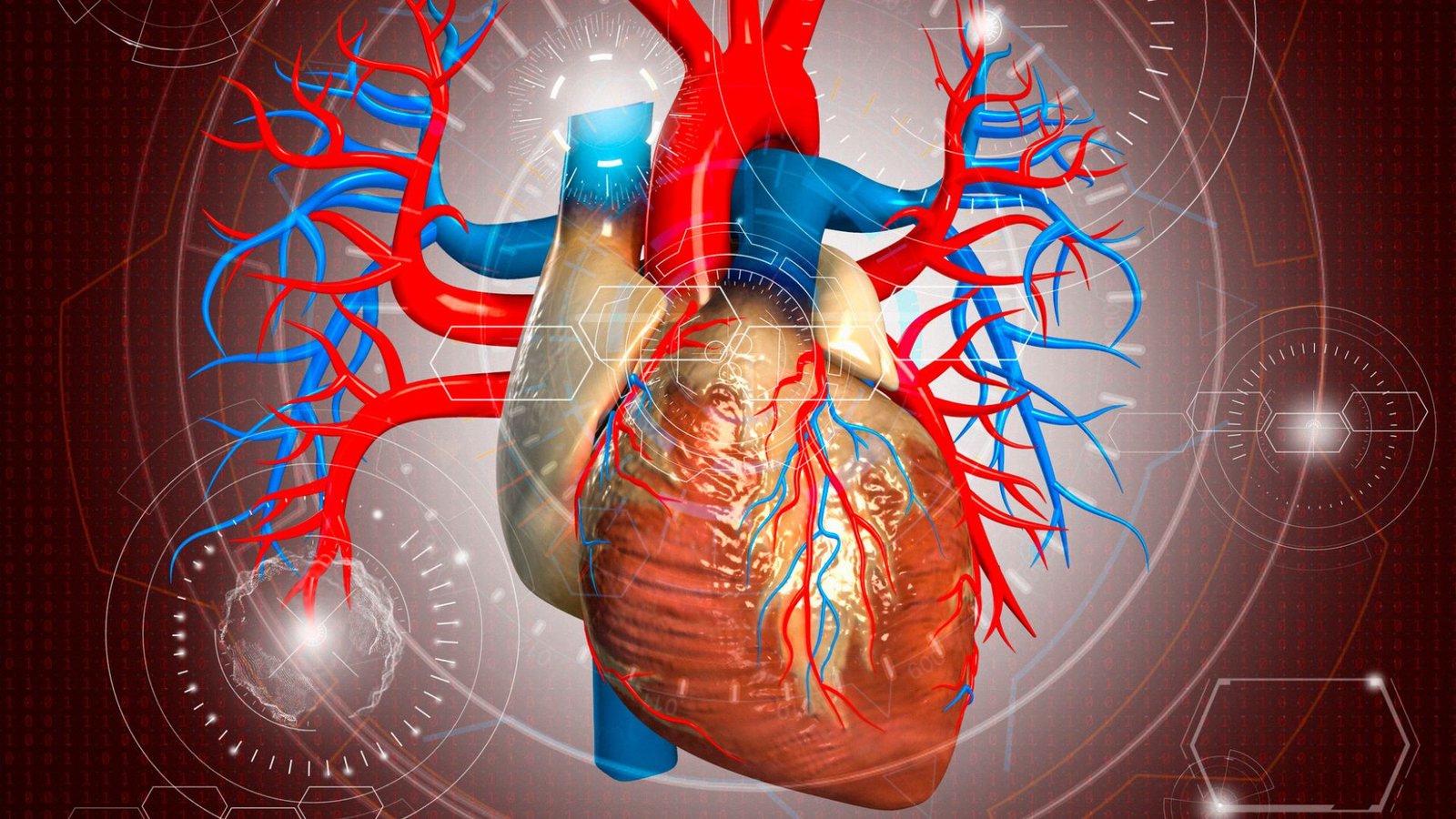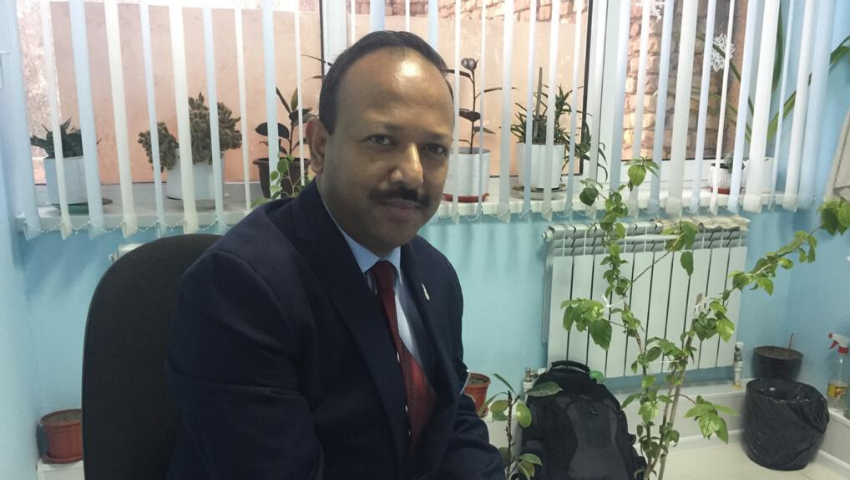
10 Myths About Heart Failure
Heart failure is a common and serious condition that affects millions of people worldwide. Despite its prevalence, heart failure is surrounded by a cloud of misconceptions and myths. These myths can lead to confusion and misunderstanding about the condition. In this article, we will debunk ten common myths about heart failure to help provide a clearer understanding of this condition.
Myth 1: Heart Failure Is the Same as a Heart Attack
Fact: Heart failure and a heart attack are not the same. A heart attack occurs when there is a blockage in a coronary artery, leading to damage in the heart muscle. Heart failure, on the other hand, is a chronic condition in which the heart cannot pump blood effectively.
Myth 2: Heart Failure Is a Death Sentence
Fact: While heart failure is a serious condition, it is not necessarily a death sentence. Many individuals with heart failure can lead fulfilling lives with proper management, medications, and lifestyle changes.
Myth 3: Heart Failure Only Affects the Elderly
Fact: Heart failure can affect individuals of all ages, including children and young adults. It is more common in the elderly, but various factors can contribute to heart failure in younger individuals, such as congenital heart defects or other health conditions.
Myth 4: Heart Failure Is Not Preventable
Fact: Many cases of heart failure can be prevented or delayed through a healthy lifestyle. Managing risk factors like high blood pressure, diabetes, obesity, and smoking can reduce the likelihood of developing heart failure.
Myth 5: Heart Failure Means Your Heart Has Stopped Beating
Fact: Heart failure does not mean the heart has stopped beating. Instead, it indicates that the heart is not pumping blood as efficiently as it should be. The heart is still functioning, but it’s struggling to meet the body’s demands.
Myth 6: Heart Failure Is Contagious
Fact: Heart failure is not contagious. It is a medical condition caused by various factors, including genetics, lifestyle, and other underlying health issues. It cannot be spread from person to person.
Myth 7: All Chest Pain Is Due to Heart Failure
Fact: While chest pain can be a symptom of heart failure, not all chest pain is related to this condition. Chest pain can have various causes, so it’s essential to seek medical evaluation to determine the underlying issue.
Myth 8: Only Severe Heart Failure Requires Treatment
Fact: Heart failure exists on a spectrum, from mild to severe. Early intervention and treatment for even mild cases can help improve symptoms, quality of life, and slow the progression of the condition.
Myth 9: Heart Failure Medications Are Ineffective
Fact: Medications are a crucial part of managing heart failure. They can help reduce symptoms, improve heart function, and extend life expectancy. When used as prescribed, they are effective in treating heart failure.
Myth 10: Heart Failure Is Rare
Fact: Heart failure is not a rare condition. It affects millions of people globally. Its prevalence makes it vital to raise awareness, understand the risk factors, and seek medical attention for early diagnosis and management.
Conclusion:
Debunking these myths about heart failure is essential to promote awareness, understanding, and effective management of this condition. Heart failure is a treatable and manageable condition, but it requires early detection, a healthy lifestyle, and adherence to medical recommendations. By dispelling these myths, we can work towards improving the lives of those affected by heart failure and reduce the stigma associated with the condition.






